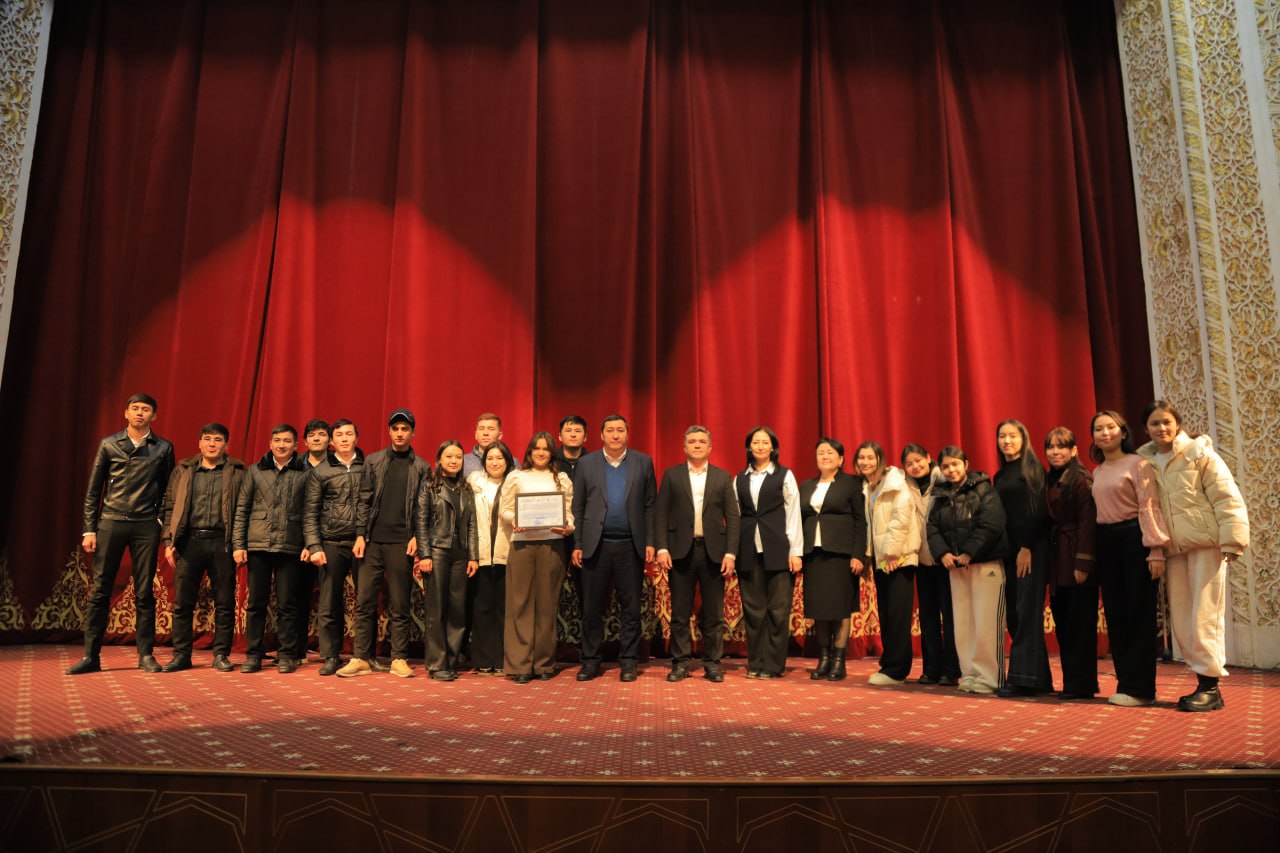Научные статьи
- Все
- Экоактивные студенты
- Центр карьеры
- Шаг в будущее
- Борьба с коррупцией
- Район и университет
- Это сбывшаяся мечта учителей
Научные статьи
|
13/05/2023
Распечатать
(O`zbek) Aquaculture Reports
Популярное в других рубриках

17 декабря текущего года в Джизакском музыкально-драматическом театре торжественно стартовал 3-й региональный этап фестиваля «Студенческие театральные студии».

В целях повышения качества образования, внедрения искусственного интеллекта в образовательный процесс и дальнейшего развития профессионального потенциала профессорско-преподавательского состава в университете была внедрена эффективная система обмена...

Защита Родины — священный долг каждого гражданина.
Последние новости
13/12/2025


